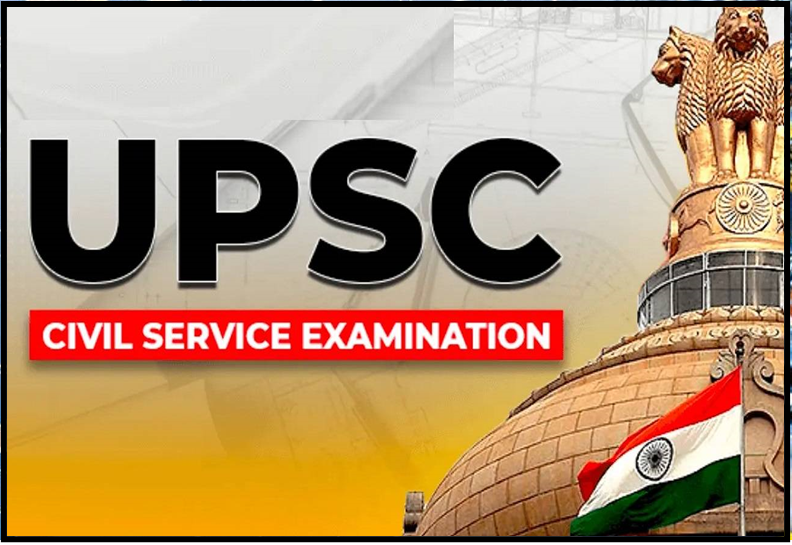“DECODING EXCELLENCE: ANALYSING THE TRANSFORMATIVE UPSC CSE FINAL RESULT 2023”
Why in the news?
UPSC releases Civil Service Examination (CSE) Final Result 2024, sparking analysis of its key findings and implications.
source:wordpress
Introduction
The Union Public Service Commission (UPSC) announced the final result of the Civil Service Examination (CSE) on April 16, 2024. This editorial analyses the key findings and implications of the UPSC CSE Final Result 2024.
About the Number of Successful Candidates:
- The UPSC declared 1016 candidates as successful from various categories.
- Additionally, the commission released the category of 240 candidates on the reserved list.
Category-wise Distribution:
- General Category: Approximately 34% of successful candidates belonged to the general category.
- OBC Category: Around 30% of successful candidates were from the OBC category.
- Other Categories: The remaining successful candidates represented various other categories.
Appointments and Services:
- Successful candidates will be appointed to prestigious services such as:
- Indian Administrative Service (IAS)
- Indian Foreign Service (IFS)
- Indian Police Service (IPS)
- Central Services of Groups ‘A’ and ‘B’.
Basis of Result Declaration:
The final result was based on:
- Written part of the Civil Services Examination, 2023 conducted in September 2023.
- Interviews for Personality Test held between January and April 2024.
Understanding Evolution of The Union Public Service Commission (UPSC):
- Establishment: UPSC founded as an independent Constitutional body for central recruitment.
- Legal Framework: Constitution’s Part XIV, Articles 315-323 outline UPSC’s composition, powers, and functions.
- Ministry Affiliation: Operates under the Ministry of Personnel, Govt. of India.
- Historical Background: Proposed in 1919, established in 1926; expanded under 1935 Act.
- Role: Recruits all-India and Central services, upholds merit system.
- Composition: President determines Chairman and members.
- Appointment: President appoints with discretionary powers.
- Qualifications: 50% must have 10+ years govt. service.
- Tenure: Six years or until 65, resignation addressed to President.
- Removal Grounds: Include insolvency, misbehaviour, judicial inquiry.
- Judicial Inquiry: Misbehaviour cases undergo Supreme Court supervision.
- Supreme Court’s Role: Its advice on removal is binding.
- Analysis of 2023 Cut Off Trends:
○ Notable decrease in Prelims cut off compared to previous years.
○ Reflects potential changes in examination difficulty or candidate performance.
○ May influence candidates’ preparation strategies for future examinations.
- Factors Influencing Cut Off Trends:
○ Examination Difficulty: Changes in question pattern or difficulty level affect cut off scores.
○ Candidate Performance: Variations in candidates’ performance impact overall cut off.
○ Reservation Policy: Category-wise cut offs are influenced by reservation policies.
○ Previous Year Trends: Past cut off trends serve as reference points for candidates and UPSC.
- Impact on Candidates:
○ Low Prelims cut off may indicate increased competition or higher success rates.
○ Candidates adjust study plans and strategies based on current trends.
○ Higher Mains cut off necessitates focused preparation to meet eligibility criteria.
○ Understanding cut off trends aids candidates in setting realistic goals and expectations.
Key Factors Influencing UPSC Cut Off Trends:
- Difficulty Level of the Exam:
- Higher difficulty leads to lower cut off marks and vice versa.
- Number of Vacancies:
- More vacancies may result in lower cut off marks, while fewer vacancies may lead to higher cut off marks.
- Performance of Candidates:
About UPSC CSE Eligibility Criteria:
Preliminary Examination (Prelims): Consists of General Studies Paper-I and General Studies Paper-II (CSAT). Paper-II is of qualifying nature. Mains Examination (Mains):
Constitutional status:
Highlights of the UPSC 2024 Post-Rank Wise: A total of 1,016 candidates were selected for different roles, including IAS, IFS, IPS, Group A Central Services, and Group ‘B’ Services.
UPSC Toppers 2023-24:
Understanding Analysis of Result Trends:
Final Cut Off Determination:
|




